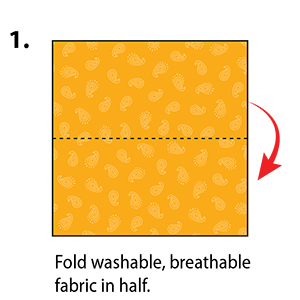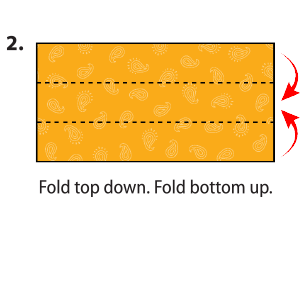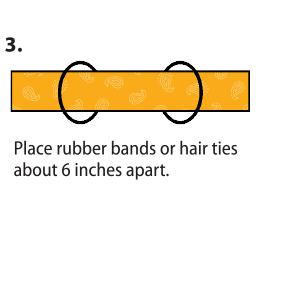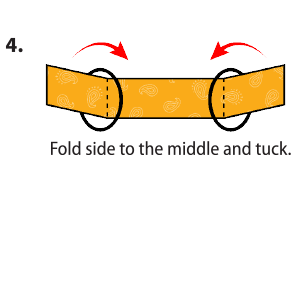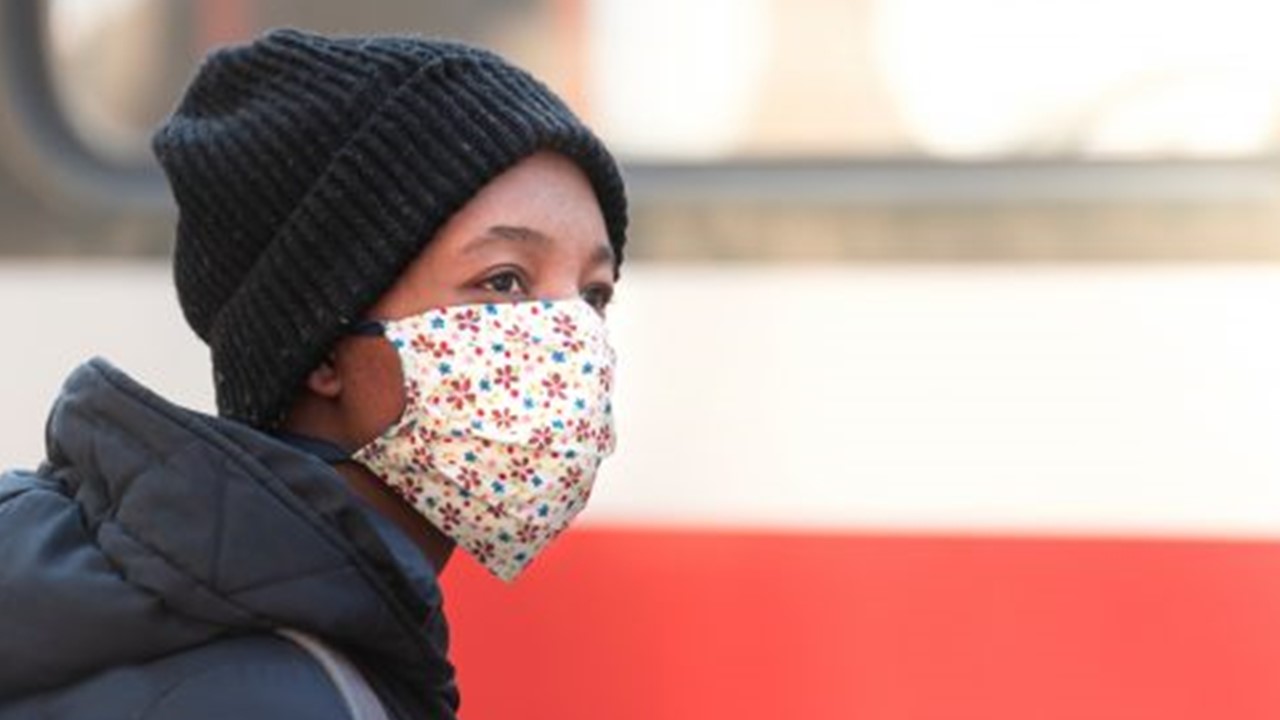 WITZ Banner.png
WITZ Banner.png
HOW TO MAKE YOUR OWN MASK: Officials Want You to Wear a Mask in Public, But What If You Can't Find One? DIY
BY: DAVID SHEPHERD, NEWS DIRECTOR
DUBOIS COUNTY -- Officials with the Dubois County Health Department says residents should wear face masks if you have to leave your home during the COVID-19 outbreak.
The Centers for Disease Control (CDC) and Indiana State Department of Health (ISDH) are recommending all Hoosiers wear a cloth face covering if they must leave their home or report to work for essential operations.
It's difficult, if not impossible, to find medical-grade face masks, but there are ways you can make your own. (See below)
Wearing a cloth face covering is done to protect those around you if you are infected, but do not yet show symptoms of COVID-19.
When you wear a cloth face covering, make sure you can easily breathe through it and that it covers your nose AND mouth. Also wash after each use.
The Dubois County Health Department is reminding ALL that cloth face coverings are NOT a substitute for social distancing and should not encourage a false sense of security to leave home. Social distancing, staying at least 6 feet away, is still needed.
Face coverings are effective only when used in combination with frequent hand-cleaning with alcohol-based hand rub or soap and water.
DO IT YOURSELF:
Sew and No Sew Instructions
Sewn Cloth Face Covering
Materials
- Two 10”x6” rectangles of cotton fabric
- Two 6” pieces of elastic (or rubber bands, string, cloth strips, or hair ties)
- Needle and thread (or bobby pin)
- Scissors
- Sewing machine
Tutorial
1. Cut out two 10-by-6-inch rectangles of cotton fabric. Use tightly woven cotton, such as quilting fabric or cotton sheets. T-shirt fabric will work in a pinch. Stack the two rectangles; you will sew the mask as if it was a single piece of fabric.
2. Fold over the long sides ¼ inch and hem. Then fold the double layer of fabric over ½ inch along the short sides and stitch down.
3. Run a 6-inch length of 1/8-inch wide elastic through the wider hem on each side of the mask. These will be the ear loops. Use a large needle or a bobby pin to thread it through. Tie the ends tight.
Don’t have elastic? Use hair ties or elastic head bands. If you only have string, you can make the ties longer and tie the mask behind your head.
4. Gently pull on the elastic so that the knots are tucked inside the hem. Gather the sides of the mask on the elastic and adjust so the mask fits your face. Then securely stitch the elastic in place to keep it from slipping.
Quick Cut T-shirt Face Covering (no sew method)
Materials
- T-shirt
- Scissors
Tutorial
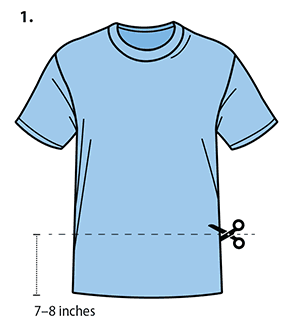
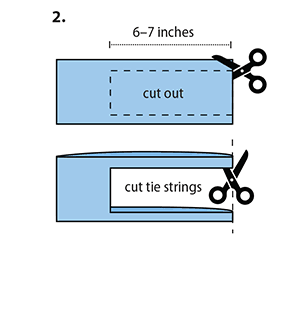
Bandana Face Covering (no sew method)
Materials
- Bandana (or square cotton cloth approximately 20”x20”)
- Rubber bands (or hair ties)
- Scissors (if you are cutting your own cloth)
Tutorial
